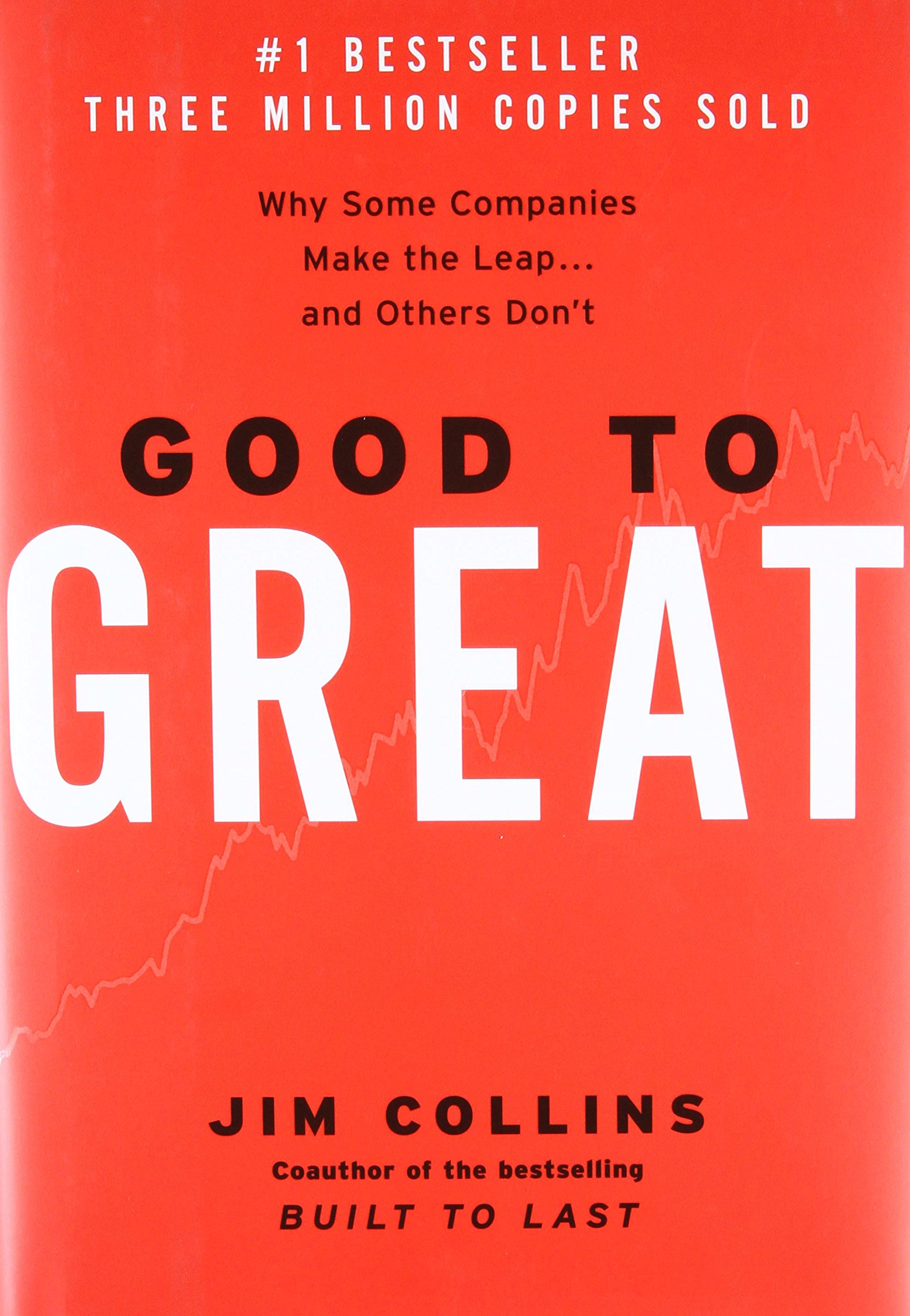It's been over 20 years since Jim Collins penned the instant classic, Good to Great. Since then, over four million copies have been sold. By any measure, the book has been a publishing success. It promised entrepreneurs, Presidents, and CEOs the knowledge of why some companies could make the leap and others couldn't. With all due respect to Jim Collins, in my opinion, Good to Great missed the mark on what makes companies great, the people and the data.
The business environment has shifted substantially since Good to Great was published in 2001. Of the 11 companies covered, Circut City went out of business, and the rest have been relatively pedestrian compared with other explosive companies. Although they existed at the time of publication, a few names that didn't make the cut include Apple, Microsoft, Amazon, CVS, and Google. Clearly, these companies did something right in the last two decades, and they still have plenty of room for improvement. Others in Good to Great didn't fare so well. Circuit City is bankrupt. Wells Fargo and Fannie Mae were walloped in 2007, and the rest of the names are a grab-bag of success and mediocracy. Nucor and Abbot Labs are notable exceptions.
Collins has a mechanical view of business and a mathematician's view of the world. His theories in Good to Great purposely ignore things hard to measure. Team dynamics, communication, and clarity of objectives play a significant part in the long-term success of all businesses. High-functioning teams are adaptable and quick. Today, the market dynamics require a nibble team capable of executing solutions in rapidly changing conditions. Covid was an excellent test of how high-functioning teams responded and adapted.
It's important to point out that Good to Great was based on historical data, observations, and stories recounted over time. Humans are notoriously bad and accurately recalling stories. We have a way of remembering what we choose to remember rather than an empirical analysis of events. Collins wasn't in the board rooms, watching his Good to Great companies perform. I can assure you from the meetings I've witnessed and those I've run, team dynamics play a significant role in what gets done or doesn't.
Business success in the decade to come will depend more than ever on the team's health, communication, and agility; of the humans that make the company run. Although Steve Jobs and his ego would have disqualified him from Jim Collins's assessments, he is the one who has come the closest to building a great company, Built to Last.
Before his death, Jobs created Apple University. It was created to inculcate employees into Apple's business culture and educate them about it's history. Apple University is rarely written about. Employees are tight-lipped about how Apple U functions or what is shared, yet it continues to drive the company's growth. Collins might have missed the magic formula, but Jobs nailed it; it's about the people and investing in the team.

